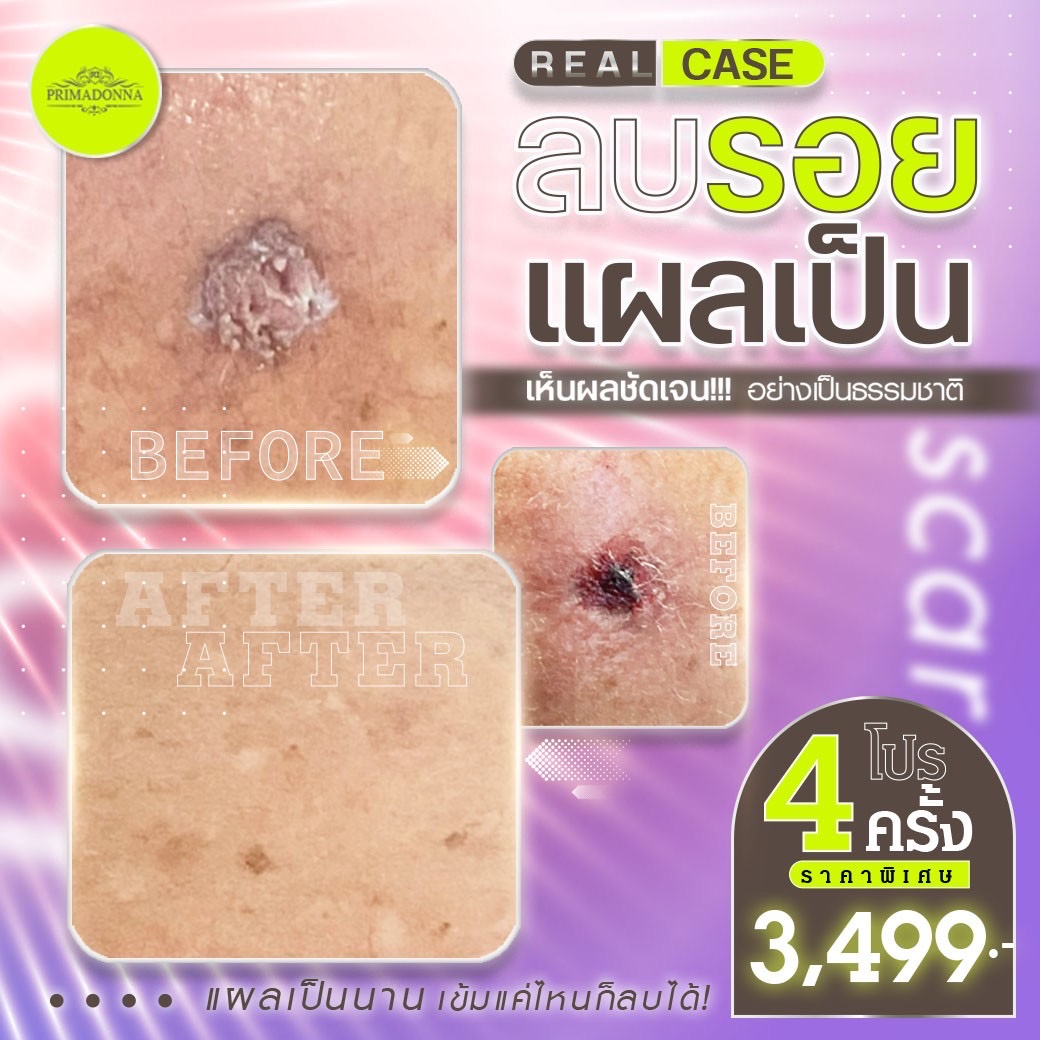
Hyperpigmentation vs Melasma: Understanding the Difference
Hyperpigmentation vs Melasma: Understanding the Difference
If you have dark spots on your skin, it can be hard to tell if it’s hyperpigmentation or melasma, as both are extremely common. While they are two different dermatological conditions, they can look and act alike, and they are both caused by similar things. Here, the expert dermatologists at Columbia Skin Clinic take a closer look at the similarities and differences of hyperpigmentation and melasma to help you distinguish the two.
Hyperpigmentation is an umbrella term used to cover any number of conditions where one patch of skin becomes noticeably darker than the surrounding skin of the same area. This term covers a number of more specific conditions such as liver spots, freckles and melasma.
Although different types of hyperpigmentation can be caused by various factors such as acne scarring, medications or inflammation from other conditions, the main cause of hyperpigmentation is sun exposure. When we leave our skin untreated, harmful UV rays from the sun cause damage. This damage manifests itself in many ways, from harmless freckles to more severe conditions like skin cancer. Many of these conditions fall under the category of hyperpigmentation.
Most hyperpigmentations are harmless, and many forms are readily treatable through a mixture of options such as topical creams, Vitamin C and cosmetic treatments. With most examples of hyperpigmentation, the patient only needs to be concerned with physical appearance and does not need to worry about more serious, long-lasting health effects. However, it’s always important to get any area checked out by a dermatologist, just to make sure.
One specific type of hyperpigmentation is melasma, a condition that affects over 5 million Americans. Although it also is a type of condition characterized by darker patches of skin, melasma is differentiated from other forms of hyperpigmentation mainly by its cause; rather than just being sun-related, melasma is caused in part by hormonal changes within the body. This is why melasma is often referred to as “the mask of pregnancy,” as pregnant women are much more likely to have this condition. In fact, melasma is found much more prevalently in women – pregnant or not – partly because of this hormonal cause.
Melasma is also referred to as a “mask” because it almost always targets a person’s face, resulting in dark patches of skin on a person’s chin, cheeks, nose, upper lip or other cranial areas. Melasma can sometimes be found in other parts of the body, typically those prone to more sun exposure, such as the shoulders. While not dangerous, the location of these dark patches can lead to discomfort in public.
In addition to its causes, another distinguishing feature of melasma is its difficulty of treatment. Whereas some types of hyperpigmentation can be treated with topical creams, melasma is not treated so easily due to the hormones that contribute to its cause in the first place.
Even though most treatment options are the same as other forms of hyperpigmentation, the success rate is typically much lower. Because hormones are a personalized set of chemicals, each person’s melasma responds differently to treatment, making it notoriously difficult to treat.
Most dermatologists recommend a combination of treatments, including strong sunblocks, vitamins and brightening agents such as hydroquinone. To an extent, using a wide variety of treatments is less about creating a “shock and awe” approach as it is trying a variety of methods all at once in the hope that we can find the right treatment.
In some cases, the melasma can clear up quickly. In other cases, it might take a while longer. For some people, treatments must be repeated indefinitely, or the melasma returns. Just as each individual’s hormones are different, each person’s response to treatment is different, making it almost impossible to predict who will respond well and who will take more time and effort.
The most significant commonality between hyperpigmentation in general, or melasma specifically, is sun exposure. The harmful effects of solar radiation are well-known today, and yet people still take risks by venturing outside without proper protection.
The various types of hyperpigmentation, including melasma, are all triggered in part by prolonged exposure to the sun. To make matters worse, it is impossible to know how much sun exposure is too much until it’s too late, and the damage has already been done. The importance of wearing proper clothing and applying sunscreen cannot be overstated if you wish to avoid these unsightly conditions at some point in your future.




